The King of Grapes: 5 Facts to Know About the Best Cabernet Sauvignons
With many of the world’s most iconic blends built on Cabernet Sauvignon, there’s a lot to love—and learn—about this celebrated variety
With many of the world’s most iconic blends built on Cabernet Sauvignon, there’s a lot to love—and learn—about this celebrated variety
For hundreds of years, the best Cabernet Sauvignons have been the champions of Bordeaux. But, in recent decades, it’s become the most cherished grape around the globe—annexing thousands of acres of prime terroir in Napa Valley, Italy, Spain, Australia, and Chile.
Thanks to its unrivaled ability to age beautifully, today it remains a highly prized variety and occupies a preeminent position as one of the world’s most widely recognized red wines. Here, experts reveal the must-know facts about this king of grapes.
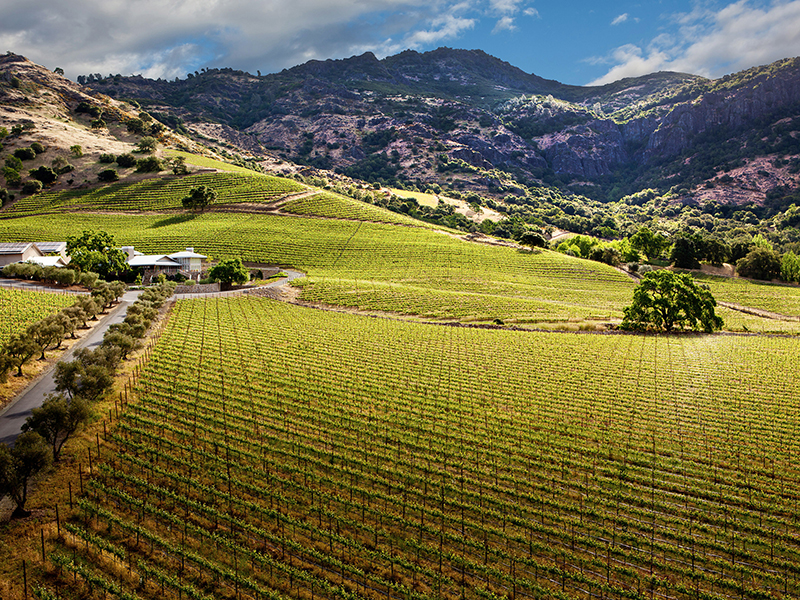
“Cabernet Sauvignon is very adaptable,” explains Ann Kraemer, a viticulturist based in Northern California who has worked in many of Napa Valley’s most prized Cabernet vineyards, including Shafer Vineyards and Cain Vineyard and Winery. “You can make good Cab almost anywhere, but the special sites that take Cabernet to its peak are few and far between.”
The hardy grape variety is easy to grow—Cabernet exists in almost every major wine-growing region worldwide—but it thrives in areas where ocean breezes keep the vines from getting too hot. Here, intense sunshine ripens the tannins in the grapes, but a cooling oceanic influence allows the berries to retain vital acidity.
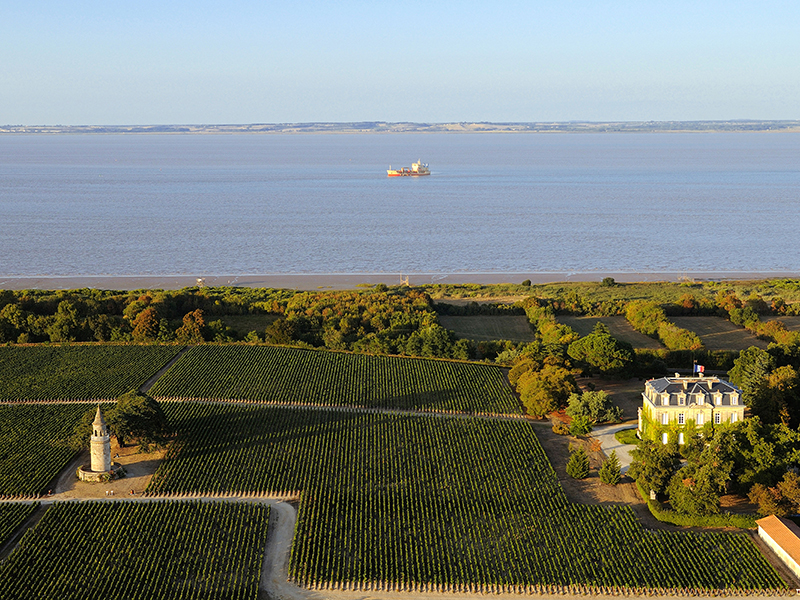
Cabernet’s most celebrated sites all share this coastal influence, which lends the wines an incredible balance that is evident in both young and aged wines. In Bordeaux, the North Atlantic influence around the Gironde estuary keeps vineyards cool while the Pacific chills Napa Valley, Australia’s Margaret River sub-zone, and Chile’s most prized sites. On the western edge of Tuscany, where so-called “Super Tuscan” Cabernet blends reign supreme, the Tyrrhenian Sea offers a cooling counterpart to warm Tuscan sunshine.
Kraemer emphasizes that the best Cabs—like Napa icons and the Bordeaux First Growths—have a balance between acidity, tannin, and fruit that makes them inimitable.
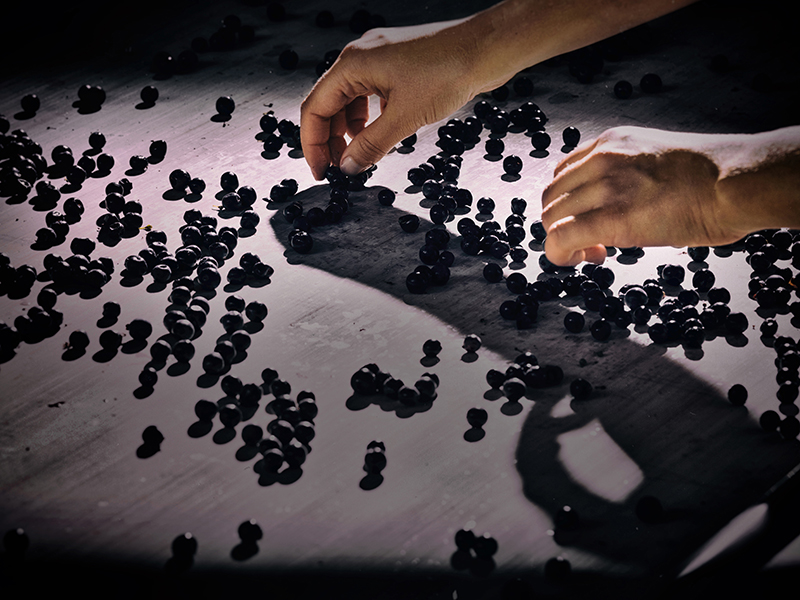
Cabernet Sauvignon’s supremacy in the cellar starts within the vine itself: the variety is a cross between Cabernet Franc and Sauvignon Blanc, and yields tiny, black berries densely packed with complex color and tannin molecules. These distinctive chemical compounds give the wine its trademark dark color and signature, powerful structure that makes it ideal for long-term cellaring.
As Christie’s Head of Wine Chris Munro points out, it’s this structure—essentially the skeleton of the wine—that makes aged Cabernet so valuable at auction. “Its ability to age gracefully makes it a special component of many of the greatest wines ever produced.”
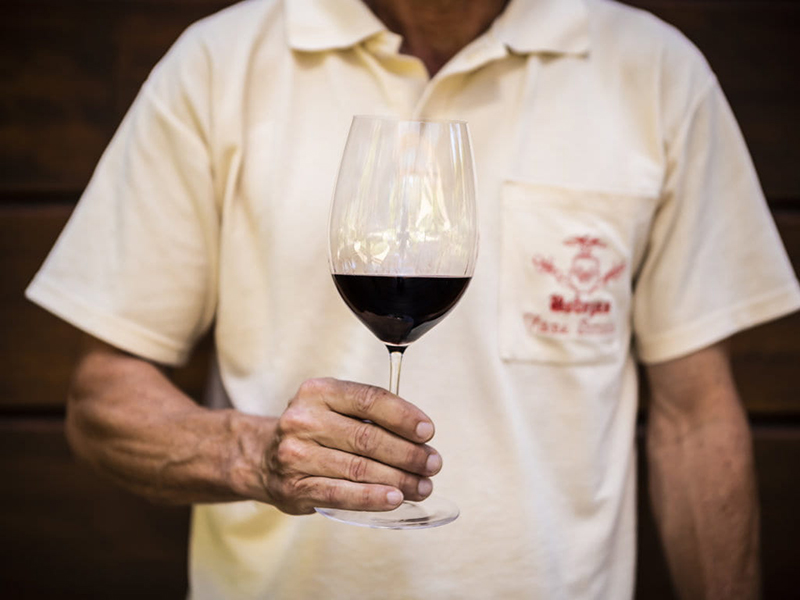
Because of Cabernet’s unique chemical makeup, it has a classic, instantly recognizable flavor. The aromatic profile includes black fruits like plum and blackberry, pepper, and a full, rich mouthfeel.
Munro describes a young Cabernet’s signature as “Richness, the blackberry and cassis. A touch of sweetness, then the drying tannins.” With age, those tannins become less astringent and the ripe fruit subsides in favor of secondary, earthy, or floral qualities. Munro advises drinkers of aged wines to expect “A softening of the tannins, plenty of secondary and tertiary flavors, but a wine that is still balanced.”
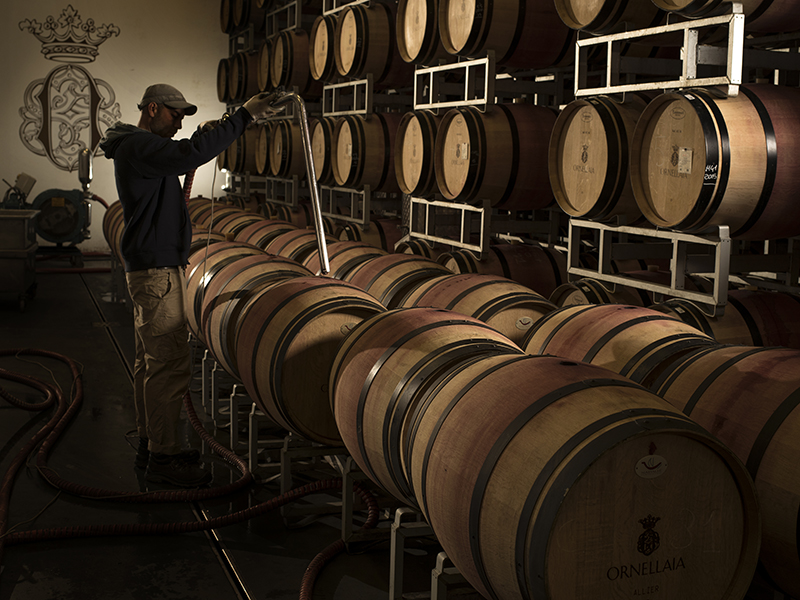
As Cabernet Sauvignon has built-in flavor and aromatic complexities, blending it gives winemakers the chance to soften its harder edges. Blending also aids in balancing Cabernet’s assertive tannins, heavy fruit flavors, or acidity in less-than-perfect vintages or climates.
The Bordelaise pioneered Cabernet Sauvignon, because it was historically challenging to ripen the grape in Bordeaux’s cool climate, while Merlot and Cabernet Franc ripened with ease but lacked enough structure to keep well. Classic Bordeaux blends—which deftly balance spice, fruit, and tannin—are mimicked globally because they combine Cabernet’s signature qualities with the best elements of other grapes, resulting in a harmony of flavors. As Munro notes, and Kraemer seconds, “A great wine is all about balance—richness, acidity, and silky tannins.”
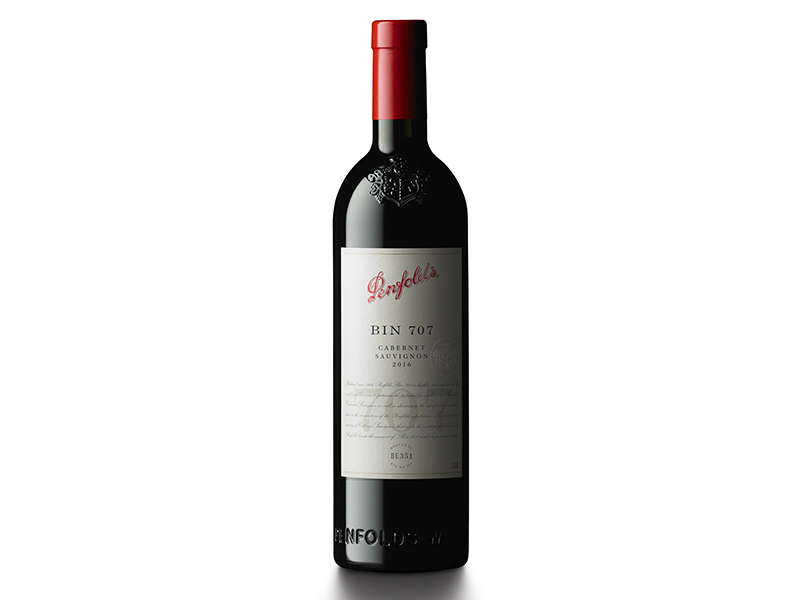
In Italy and Spain, producers have imitated this blending protocol in an attempt to capture that balance, often using Cabernet Sauvignon as a core accented by native grape varieties. In Tuscany, wines like Ornellaia and Sassicaia blend Cabernet Sauvignon with Sangiovese, while Ribera del Duero’s Vega Sicilia combines Tempranillo with Cab. In the land down under, Penfolds Grange has established itself as the country’s most valuable bottling, blending fruity, bold Shiraz with Cabernet Sauvignon.
While Cabernet Sauvignon is best-known as a long-lived star of the cellar, winemaking styles and terroir can also sculpt wines designed for easy, early drinking. When collecting, it’s important to select a wine based on your goals, preferred characteristics, and drinking window.
As Munro points out, exploration is key to discovering which Cabs you enjoy most and building a collection around them. “Learning about wine and building a collection is one of life’s great pleasures,” he says. Get to the local store, get to some tastings, attend an auction or two, visit a wine-producing area, go to Bordeaux. Learn as much as you can and buy the wines you enjoy drinking.”
Banner image: Getty Images